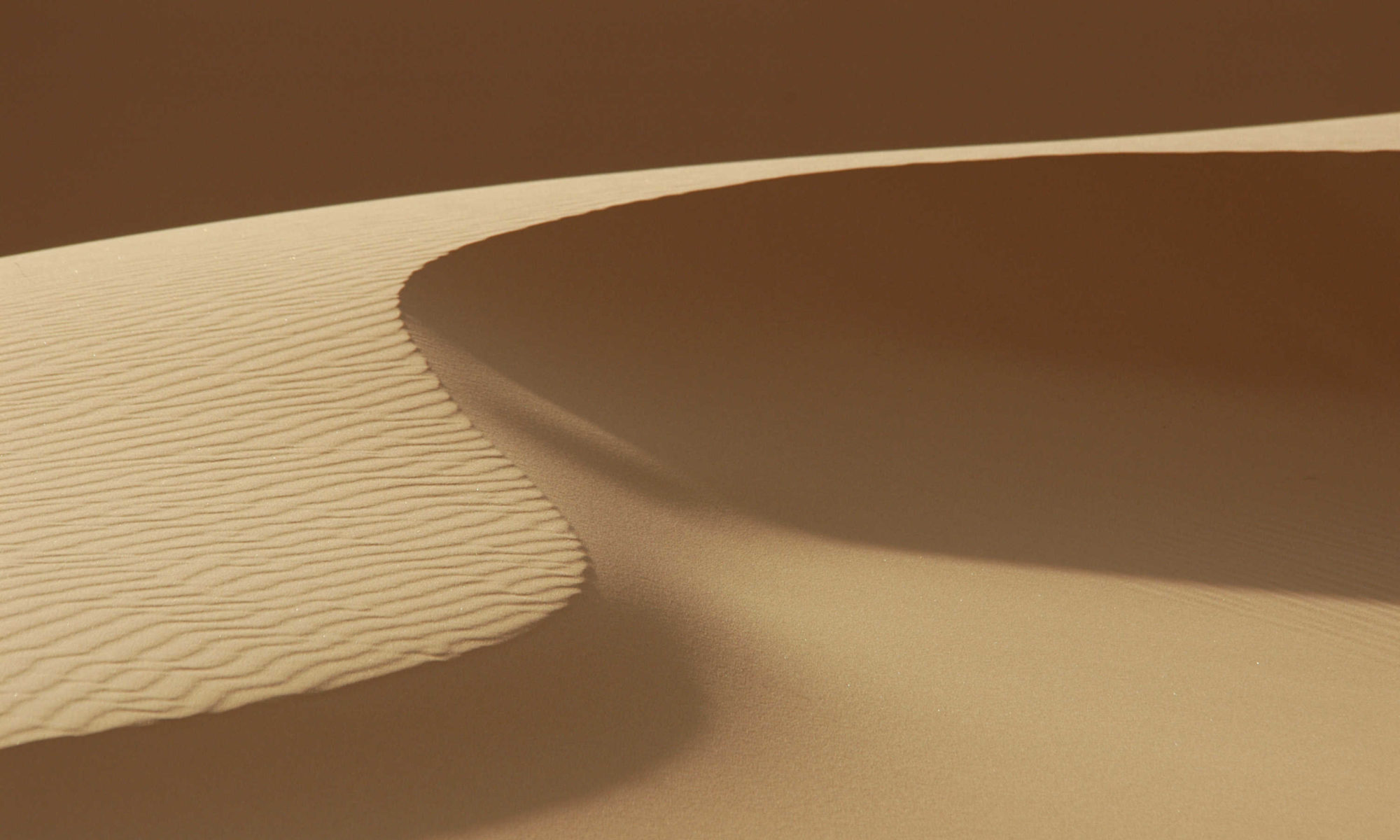Climate change is a potentially devastating threat to Morocco and other North African countries, but even as the United States has abdicated its global responsibility, Morocco is among the leaders in the fight to mitigate its effects.
Even as a recent article in New York Magazine has created shock waves with its nightmare worst case scenario in the event of unchecked climate change — a virtually uninhabitable planet — more focused studies have predicted that the impact of climate change will fall particularly heavily on North Africa and the Middle East. In particular the region is threatened by potential flooding, decreased rainfall and food production, and soaring heat waves, and some experts have speculated the region may become uninhabitable.
In the face of potential catastrophe, a recent World Bank Report highlights growing Moroccan leadership in climate change technology but also acknowledges shortcomings in business savvy, government support, and capital investment.
However, the World Bank has summarized five significant steps that Morocco has taken in the fight to avert the worst effects of climate change:
- Morocco aims to generate 52% of its electricity needs from renewable energy by 2030, and is stimulating local manufacturing with a target of sourcing 35% of the second phase of the NOOR concentrated solar plant from local producers.
- Morocco has lifted all subsidies on diesel, gasoline and heavy fuel oil to encourage more efficient use of energy and to free up resources to invest in the transition to a green economy.
- The Plan Maroc Vert aims to protect the environment as well as the livelihoods of Moroccans. Agriculture accounts for only 15% of its Gross Domestic Product, but farming still employs 40% of its workforce.
- Morocco has begun treating its ocean as a natural resource with the same importance as the land, with improved coastal zone management and the development of sustainable aquaculture. Fishing makes up 56% of the country’s agricultural exports.
- Morocco is making an effort to conserve its underground aquifers, a natural source of fresh water that, if left clean and undisturbed, replenishes itself. It’s a win for the environment and for current and future generations of Moroccans.
Id. While a lack of the fossil fuel deposits of some or Morocco’s neighbors presumably drives part of the country’s effort to develop renewable energy sources, the effect has clearly been a salutary one on Morocco’s short and long-term future. While Europe and the United States obsess over the possibility of mass migration from the Maghreb, Morocco is clearly doing what it can to promote a livable future at home.

